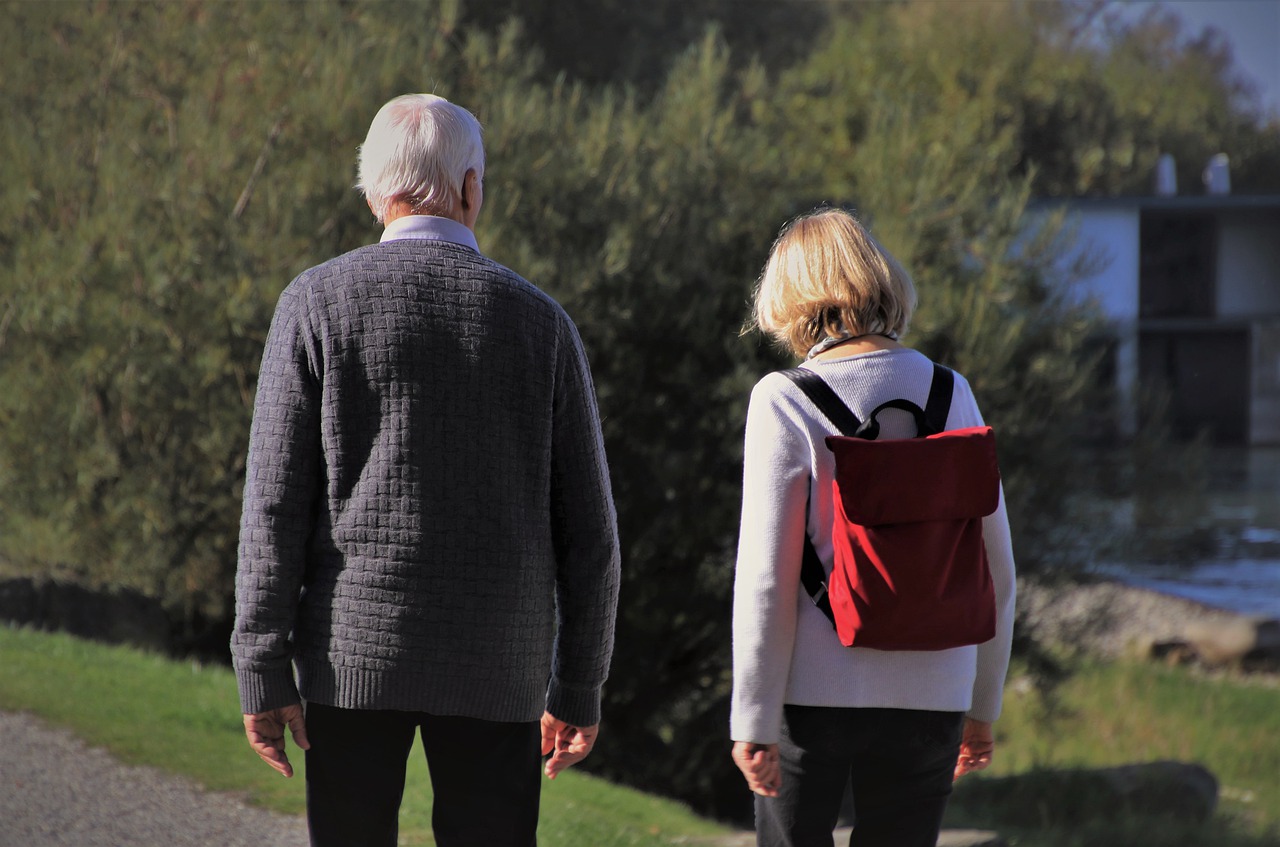Yoga: Natural way to beat anxiety
Yoga therapy can help people in this situation because they aren’t being asked to rationalize their way out of anxiety. Instead, they are given tools that help them recognize the thoughts, feelings, and actions that lead to heightened anxiety, and enact effective self-soothing methods. In a yoga class, they are also unconsciously learning to regulate their stress response and building resilience to stress. Someone who suffers from mild or subclinical experiences of anxiety may find support in a general yoga class. For those whose anxiety is more severe, however, a specialized course of yoga therapy (administered by highly-trained yoga professionals that understand the physical and psychological mechanisms of anxiety disorders) may be more appropriate.
Meditation and other stress-reduction techniques have been studied as possible treatments for depression and anxiety. One such practice, yoga, has received less attention in the medical literature, though it has become increasingly popular in recent decades. One national survey estimated, for example, that about 7.5% of U.S. adults had tried yoga at least once, and that nearly 4% practiced yoga in the previous year. Yoga classes can vary from gentle and accommodating to strenuous and challenging; the choice of style tends to be based on physical ability and personal preference. Hatha yoga, the most common type of yoga practiced in the United States, combines three elements: physical poses, called asanas; controlled breathing practiced in conjunction with asanas; and a short period of deep relaxation or meditation.
Why Use Yoga as an Adjunct Treatment for Anxiety?
The impact of anxiety can be severe, and there are times that people feel dissatisfied with the solutions they are currently presented. While medication is often a vital part of any treatment plan, patients can sometimes be uncomfortable with side-effects or the thought of a difficult withdrawal. According to Baldwin and Polkinghorn (2005), 50% of people prescribed pharmacological intervention reported an improvement in symptoms, and a US-based study concluded that up to 30% of patients may be “treatment-resistant” – finding front-line interventions ineffective.
This goes some way to explain why 56% of those living with anxiety disorders seek complementary and alternative medicine – hinting at a widespread desire for further support outside of traditional treatment plans. With a growing body of scientific literature to guide clinical practice in applying yoga as a treatment of anxiety, yoga therapy can step into this gap and provide additional support – helping people regulate their stress response, increase their resiliency and manage their anxiety.

Natural anxiety relief
Available reviews of a wide range of yoga practices suggest they can reduce the impact of exaggerated stress responses and may be helpful for both anxiety and depression. In this respect, yoga functions like other self-soothing techniques, such as meditation, relaxation, exercise, or even socializing with friends. By reducing perceived stress and anxiety, yoga appears to modulate stress response systems. This, in turn, decreases physiological arousal — for example, reducing the heart rate, lowering blood pressure, and easing respiration. There is also evidence that yoga practices help increase heart rate variability, an indicator of the body’s ability to respond to stress more flexibly.

Stress response
A small but intriguing study done at the University of Utah provided some insight into the effect of yoga on stress response by looking at the participants’ responses to pain. The researchers noted that people who have a poorly regulated response to stress are also more sensitive to pain. Their subjects were 12 experienced yoga practitioners, 14 people with fibromyalgia (a condition many researchers consider a stress-related illness that is characterized by hypersensitivity to pain), and 16 healthy volunteers. When the three groups were subjected to more or less painful thumbnail pressure, the participants with fibromyalgia — as expected — perceived pain at lower pressure levels compared with the other subjects. Functional MRIs showed they also had the greatest activity in areas of the brain associated with the pain response. In contrast, the yoga practitioners had the highest pain tolerance and lowest pain-related brain activity during the MRI. The study underscores the value of techniques, such as yoga, that can help a person regulate their stress and, therefore, pain responses.

Benefits of yoga
Although many forms of yoga practice are safe, some are strenuous and may not be appropriate for everyone. In particular, elderly patients or those with mobility problems may want to check first with a clinician before choosing yoga as a treatment option. But for many patients dealing with depression, anxiety, or stress, yoga may be a very appealing way to better manage symptoms. Indeed, the scientific study of yoga demonstrates that mental and physical health are not just closely allied, but are essentially equivalent. The evidence is growing that yoga practice is a relatively low-risk, high-yield approach to improving overall health



